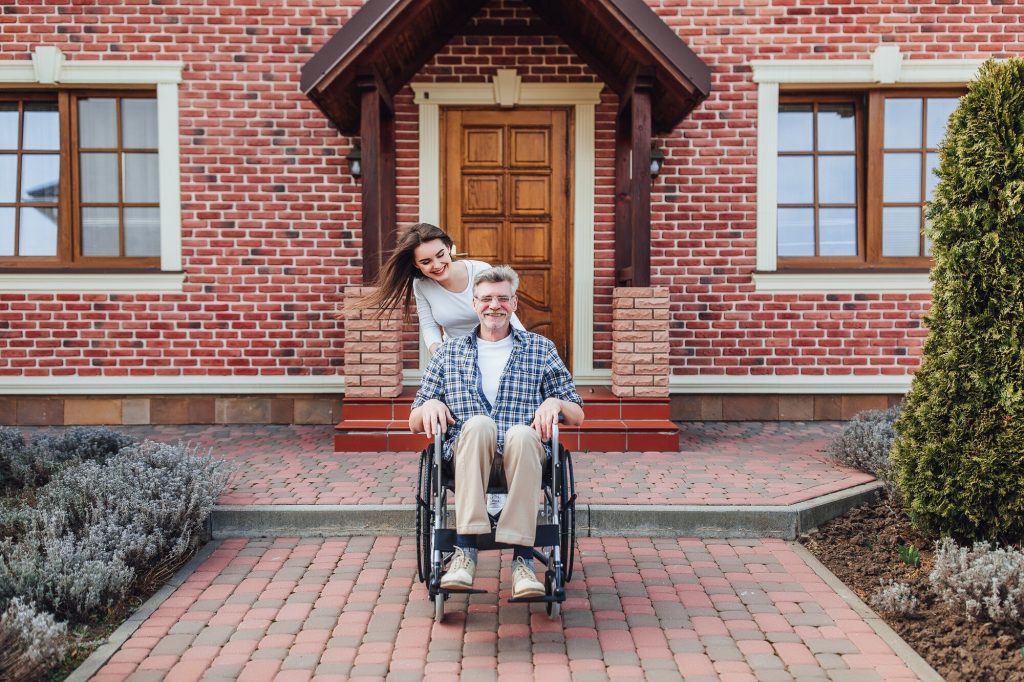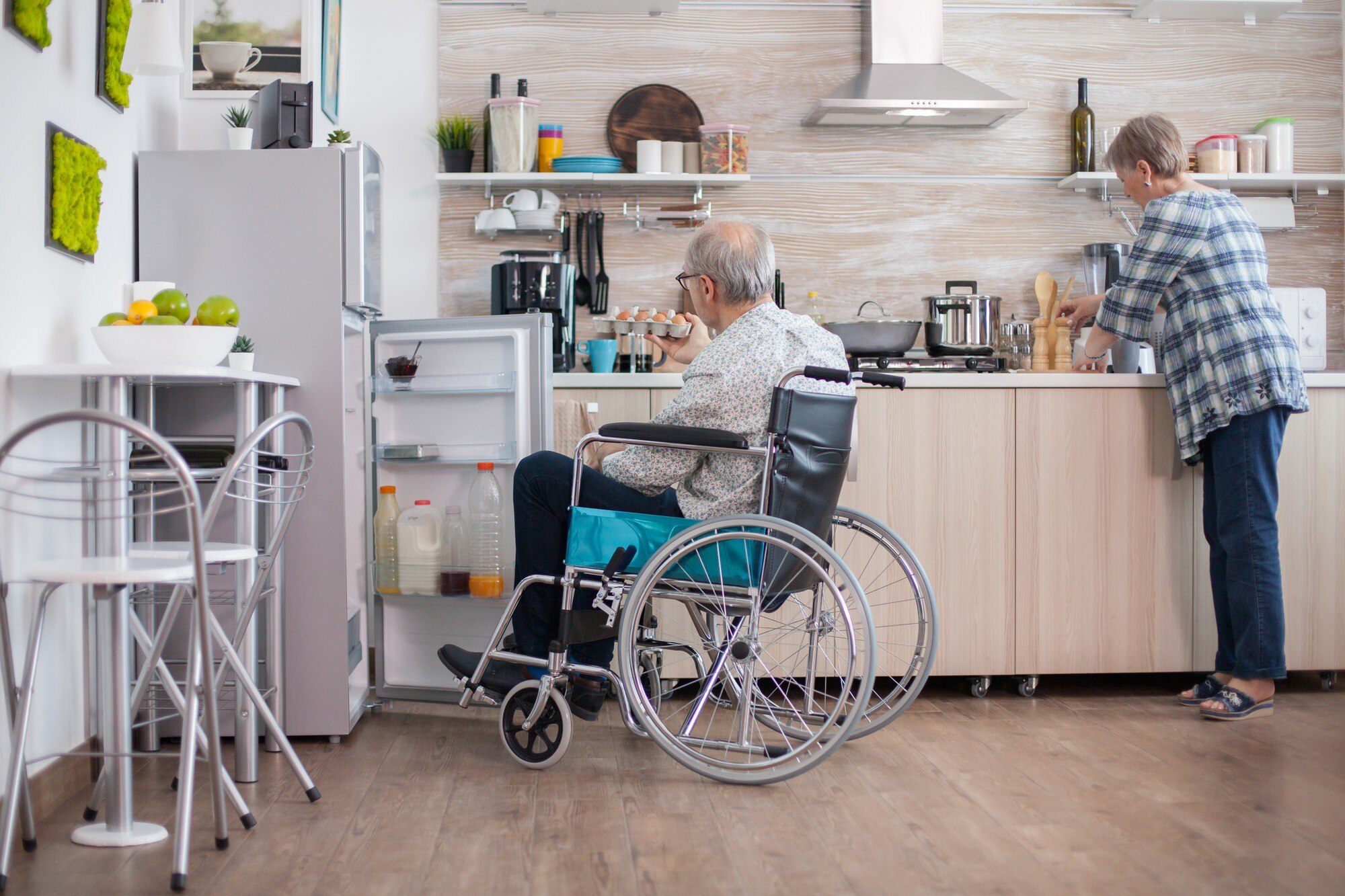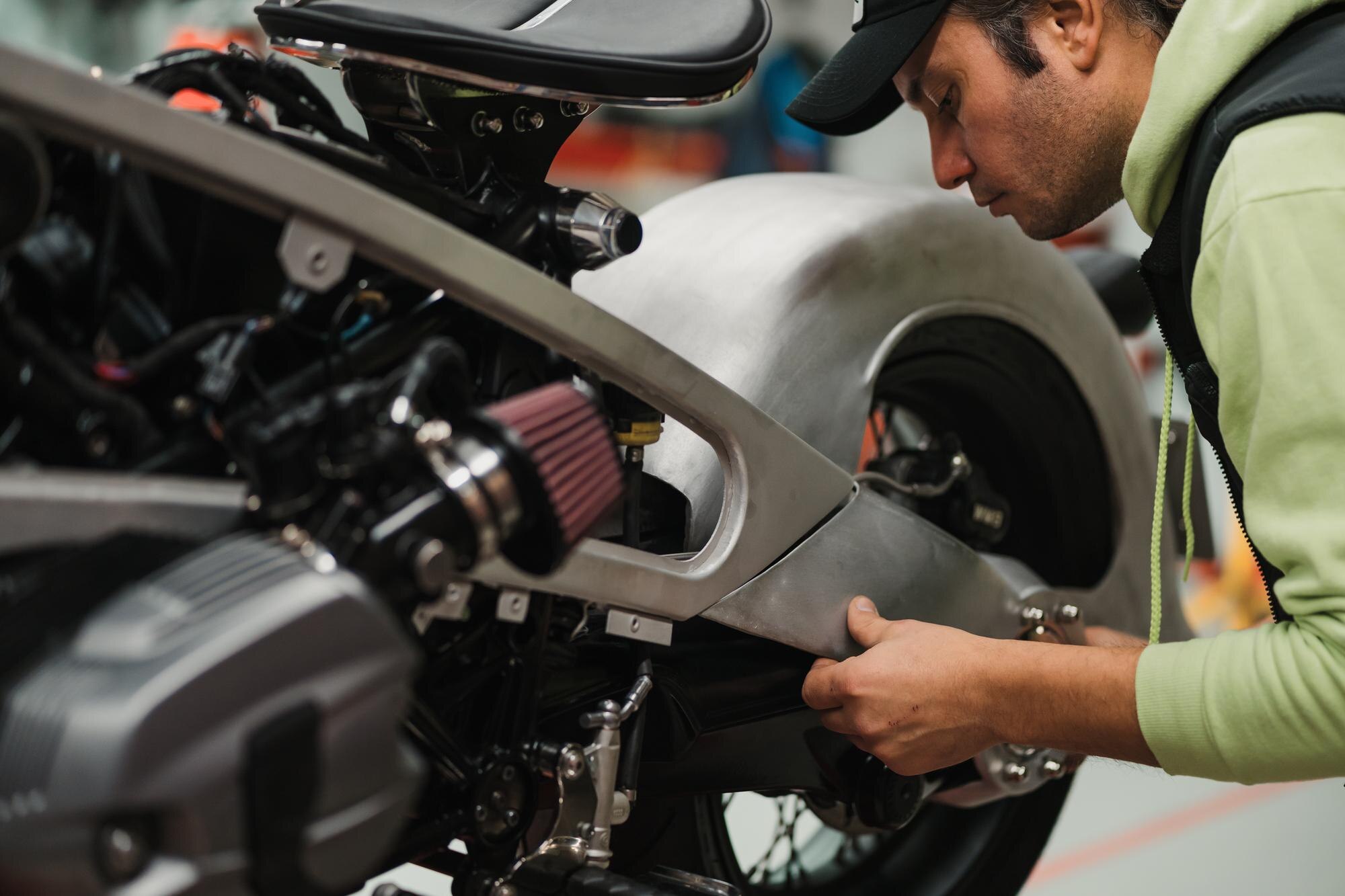Understanding NDIS SDA Standards
The National Disability Insurance Scheme (NDIS) has revolutionized disability support in Australia. It has introduced a new approach to providing housing for people with disabilities.
This approach is known as Specialist Disability Accommodation (SDA). It’s a critical component of the NDIS.
SDA aims to provide suitable living spaces for people with disabilities. These spaces are designed to promote independence and improve quality of life.
Understanding the standards and design principles of SDA is crucial. It’s important for architects, builders, property developers, and NDIS participants.
This article provides comprehensive insights into these standards. It delves into the requirements and best practices for creating SDA.
We’ll explore different categories of SDA design standards. We’ll also look at the role of innovation in SDA design and construction.
The goal is to help you understand the intricacies of SDA design standards. This knowledge can help create better living spaces for people with disabilities.

The National Disability Insurance Scheme and SDA
The National Disability Insurance Scheme (NDIS) is a significant reform in disability support. It’s a social insurance scheme that provides funding for supports and services.
The NDIS is designed to empower people with disabilities. It aims to promote their independence, social and economic participation.
One of the key components of the NDIS is Specialist Disability Accommodation (SDA). SDA refers to housing that has been specially designed for people with extreme functional impairment or very high support needs.
SDA is not just about the physical building. It’s about creating a home environment that meets the individual needs of the resident. It’s about promoting their independence and improving their quality of life.
The NDIS has set out specific design standards for SDA. These standards are designed to ensure that SDA properties are:
- Safe and secure
- Easy to navigate and use
- Comfortable and adaptable to the needs of the resident
- Integrated with the community
- Equipped with the necessary assistive technologies
- Designed to promote independence and social interaction
- Built in a way that respects the dignity and privacy of the resident
- Environmentally sustainable
- Compliant with all relevant building codes and regulations.

Eligibility Criteria for SDA Funding
Not all NDIS participants are eligible for SDA funding. The NDIS has set out specific criteria to determine who can receive SDA funding. These criteria are designed to ensure that SDA funding is targeted at those who need it most.
To be eligible for SDA funding, a participant must have an extreme functional impairment or very high support needs. This means that they require a significant level of support in their daily life. They may need assistance with activities such as personal care, mobility, communication, and managing their behavior.
In addition to this, the participant must also demonstrate that SDA is the most cost-effective housing option for them. This involves comparing the cost of SDA with the cost of other housing options, such as staying in their current home with modifications or moving to a mainstream housing option with support.
Overview of SDA Design Categories
SDA design standards are divided into four categories. Each category is designed to cater to different levels of physical impairment and support needs. The categories are Improved Liveability, Fully Accessible, Robust, and High Physical Support.
These categories guide the design and construction of SDA properties. They ensure that the properties are suitable for the specific needs of the residents. Each category has its own set of design requirements and features.
Improved Liveability
Improved Liveability design is intended for people with sensory, intellectual or cognitive impairments. It focuses on creating a supportive and comfortable environment. The design features aim to reduce the likelihood of harm and increase the sense of well-being.
Key features of Improved Liveability design include:
- Clear lines of sight and hearing to assist with orientation.
- Use of color and texture to help identify spaces.
- Easy to understand and use fixtures and fittings.
Fully Accessible
Fully Accessible design is for people with significant physical impairment. It provides a high level of physical access. The design features aim to support independent living and reduce the need for ongoing support.
Key features of Fully Accessible design include:
- Step-free access to all areas of the dwelling.
- Wide doorways and corridors to accommodate wheelchairs.
- Accessible bathrooms and kitchens with adjustable height fittings.
Robust
Robust design is for people with complex behaviors, often associated with an intellectual disability or mental health condition. It provides a safe environment that can withstand heavy use. The design features aim to reduce the risk of property damage and injury.
Key features of Robust design include:
- Use of durable materials that can withstand heavy use.
- Secure windows and doors to prevent unauthorized access.
- Spaces that can be easily repaired and cleaned.
High Physical Support
High Physical Support design is for people with significant physical impairment and high support needs. It provides a high level of physical access and includes provision for support staff. The design features aim to facilitate the delivery of complex care routines and use of assistive technology.
Key features of High Physical Support design include:
- Provision for ceiling hoists and other assistive technology.
- Accessible bathrooms with provision for adjustable height fittings and fixtures.
- Spaces for overnight support staff.
Innovation and Best Practices in SDA Design
Innovation plays a crucial role in SDA design. It’s about finding new ways to enhance the quality of life for NDIS participants. This includes the integration of assistive technologies and smart home systems. These technologies can support independence and safety.
Best practices in SDA design also emphasize the importance of consultation. It’s vital to involve people with disabilities in the design process. This ensures that the accommodation meets their unique needs and preferences.
The Importance of Location and Community Access
The location of an SDA property is a key factor in its design. It’s not just about the physical building. It’s also about the surrounding environment. The property should be close to amenities like shops, healthcare facilities, and public transport. This promotes independence and social inclusion for residents.
Moreover, the design should consider community access. This means creating spaces that are easy to navigate. It also means ensuring that residents can participate in community activities. This fosters a sense of belonging and improves the quality of life for NDIS participants.
SDA Approval and Enrolment Process
The approval and enrolment process for SDA properties is rigorous. It ensures that the design meets the NDIS SDA standards. The process involves a thorough review of the design plans. It also includes site inspections to verify compliance.
Once approved, the property is enrolled as an SDA. This means it is eligible for SDA funding under the NDIS. The enrolment process ensures that the property continues to meet the needs of its residents. It also ensures that the property remains compliant with the SDA standards.
The Role of Stakeholders in SDA Development
Stakeholders play a crucial role in the development of SDA. This includes architects, builders, property developers, and NDIS participants. Their input is vital in ensuring that the design meets the needs of the residents.
Moreover, support coordinators and policymakers also play a significant role. They help shape the policies and standards that govern SDA. Their work ensures that the accommodation is not only functional but also promotes independence and quality of life for people with disabilities.
Case Studies: Successful SDA Projects
There are numerous examples of successful SDA projects across Australia. These projects showcase the potential of SDA to transform the lives of people with disabilities. They also serve as a source of inspiration for future developments.
One such example is a fully accessible apartment complex in Melbourne. This project was designed with the specific needs of NDIS participants in mind. It features wide doorways, adjustable kitchen benches, and smart home technology for ease of use.
Another successful project is a robust house in Sydney. This house was designed to withstand heavy use and reduce the risk of damage. It also includes features to support residents with complex behavioural needs. These case studies highlight the potential of SDA to provide high-quality, tailored accommodation for people with disabilities.
Conclusion: The Future of SDA in Australia
The future of SDA in Australia looks promising. With the ongoing support of the NDIS and the commitment of various stakeholders, more high-quality, tailored accommodation options are expected to emerge. These developments will continue to enhance the independence and quality of life of people with disabilities.
However, the journey is far from over. Continuous improvement, innovation, and a person-centered approach remain crucial. As we move forward, the focus should be on creating inclusive communities that respect and uphold the rights of all individuals, regardless of their abilities.




Leave a Reply
You must be logged in to post a comment.